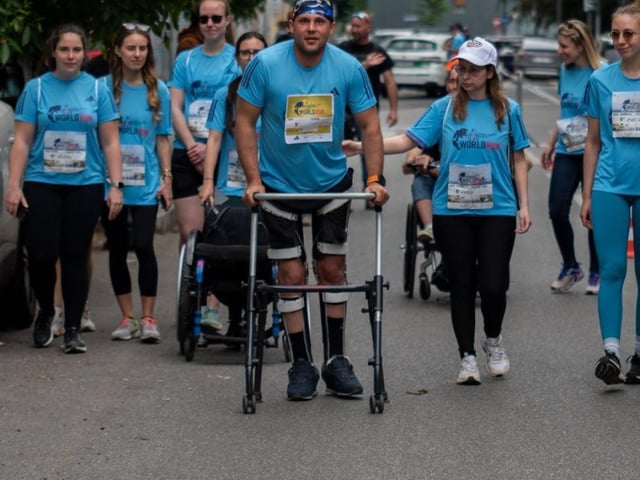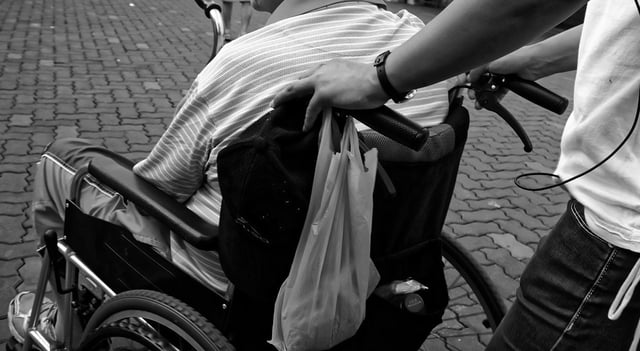Overview
- The Neuro-SCS-001 trial placed a 32-electrode epidural stimulator between the T11 and L1 vertebrae to reactivate residual lower-spinal motor circuits.
- By three months post-implant, the patient demonstrated marked improvements in hip range of motion, trunk stability and lower-limb strength, progressing from treadmill exercises to walker-assisted steps.
- The case study published on May 27 in Med-Cell Press also reported clinically significant reductions in neuropathic pain and enhancements in overall quality of life.
- A personalized rehabilitation protocol featuring virtual-reality-guided sensory-motor exercises was essential to retrain neural pathways and optimize motor recovery.
- Eight additional participants will undergo the same implant and rehab regimen, and researchers are assessing whether the approach can be extended to a broader spinal cord injury population.


